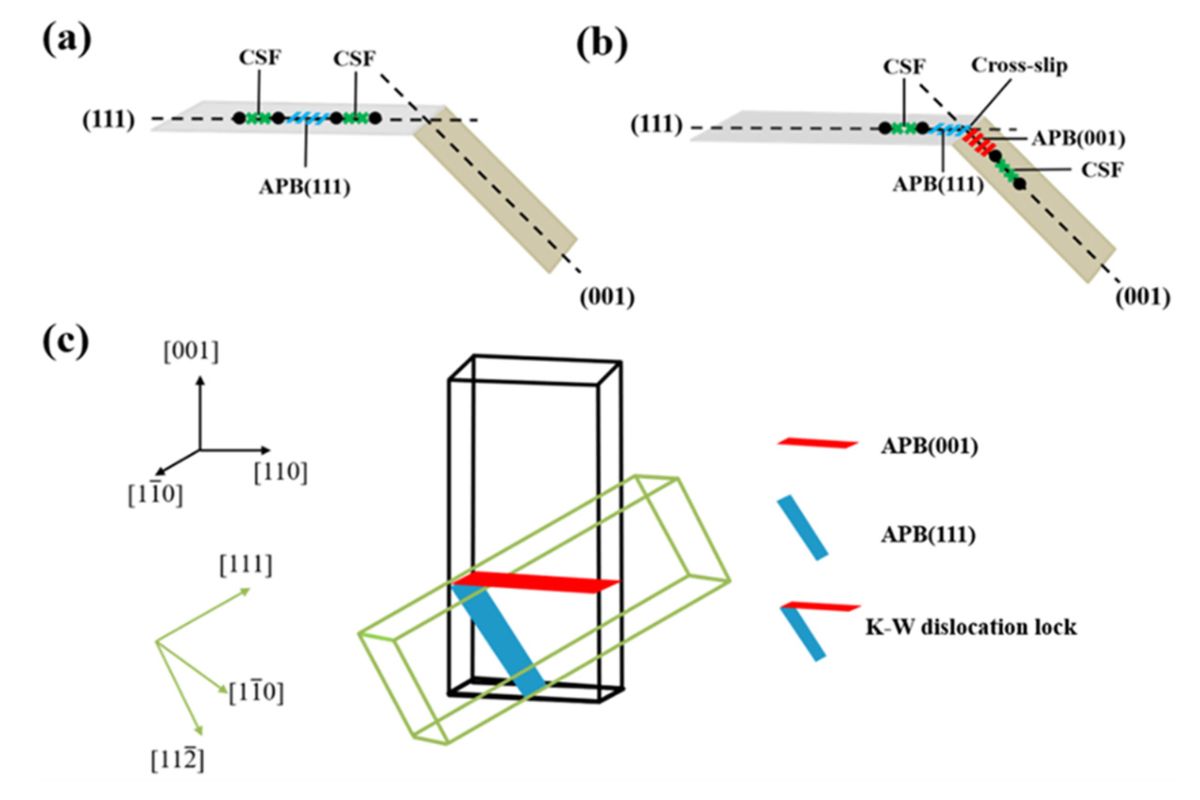
What are Shockley partial dislocations? These are specific types of dislocations found in crystal structures, particularly in face-centered cubic (FCC) metals. Shockley partial dislocations play a crucial role in the deformation process of these materials. They are named after physicist William Shockley, who contributed significantly to the understanding of dislocation theory. These dislocations are characterized by their unique ability to split a perfect dislocation into two partials, which helps reduce the overall energy of the crystal. This splitting mechanism is essential for understanding how materials deform under stress, impacting everything from the strength of metals to the behavior of semiconductors. Understanding these dislocations can help improve material properties for various applications.
What Are Shockley Partial Dislocations?
Shockley partial dislocations are a fascinating topic in materials science. These dislocations play a crucial role in the behavior of crystalline materials, especially in how they deform and strengthen. Let's dive into some intriguing facts about these unique dislocations.
-
Named after William Shockley, a Nobel Prize-winning physicist, these dislocations are a type of crystallographic defect.
-
Shockley partial dislocations occur in face-centered cubic (FCC) crystals, such as aluminum, copper, and gold.
-
They are called "partial" because they represent only a fraction of a full dislocation.
-
These dislocations are essential for understanding the plastic deformation of metals.
-
Shockley partials are characterized by their Burgers vector, which is shorter than that of a full dislocation.
How Do Shockley Partial Dislocations Form?
Understanding the formation of Shockley partial dislocations helps us grasp their impact on material properties. Here are some key points about their formation.
-
They form when a full dislocation splits into two partial dislocations.
-
This splitting reduces the total energy of the system, making it more stable.
-
The process of splitting is known as dislocation dissociation.
-
The distance between the two partial dislocations is called the stacking fault width.
-
Stacking faults are regions where the crystal structure is slightly misaligned.
The Role of Shockley Partial Dislocations in Material Strength
Shockley partial dislocations significantly influence the strength and ductility of materials. Here are some facts about their role in material properties.
-
They contribute to work hardening, a process that strengthens materials through plastic deformation.
-
The movement of these dislocations is hindered by obstacles, increasing material strength.
-
Shockley partials can interact with other dislocations, leading to complex deformation patterns.
-
They play a crucial role in the formation of deformation twins, which are mirror-image regions within a crystal.
-
The presence of Shockley partials can enhance the toughness of certain alloys.
Shockley Partial Dislocations in Technological Applications
These dislocations are not just theoretical concepts; they have practical implications in various technologies. Here are some examples.
-
They are crucial in the development of high-strength aluminum alloys used in aerospace.
-
Understanding Shockley partials helps improve the performance of copper interconnects in microelectronics.
-
They play a role in the behavior of shape memory alloys, which are used in medical devices and actuators.
-
Shockley partials are important for the design of advanced structural materials for automotive applications.
-
They influence the mechanical properties of nanocrystalline materials, which have applications in coatings and sensors.
Shockley Partial Dislocations and Material Science Research
Research on Shockley partial dislocations continues to advance our understanding of materials. Here are some recent findings and ongoing studies.
-
Advanced microscopy techniques, such as transmission electron microscopy (TEM), allow scientists to observe these dislocations at the atomic level.
-
Computational modeling helps predict the behavior of Shockley partials under different conditions.
-
Researchers are exploring the role of these dislocations in the behavior of two-dimensional materials, like graphene.
-
Studies on Shockley partials contribute to the development of new materials with tailored properties.
-
Understanding the interaction between Shockley partials and other defects can lead to improved material performance.
Fun Facts About Shockley Partial Dislocations
Let's wrap up with some fun and lesser-known facts about Shockley partial dislocations.
-
The concept of partial dislocations was first proposed in the 1950s.
-
William Shockley, after whom these dislocations are named, also co-invented the transistor.
-
Shockley partials can move at speeds close to the speed of sound in a crystal.
-
They can form complex networks within a crystal, resembling a tangled web.
-
The study of these dislocations has led to numerous advancements in materials science and engineering.
-
Shockley partials are not limited to metals; they can also occur in ceramics and semiconductors.
-
The behavior of Shockley partial dislocations can be influenced by temperature, pressure, and chemical environment.
Final Thoughts on Shockley Partial Dislocations
Shockley partial dislocations play a crucial role in the behavior of crystalline materials. These dislocations influence the mechanical properties, such as strength and ductility, of metals and alloys. Understanding their formation, movement, and interaction with other defects helps scientists and engineers develop stronger, more resilient materials.
From their unique ability to split full dislocations into partials to their impact on slip systems, Shockley partial dislocations are fundamental to materials science. Their study not only advances academic knowledge but also has practical applications in industries like aerospace, automotive, and electronics.
By grasping these 32 facts, you gain a deeper appreciation for the complexities of material behavior. This knowledge can lead to innovations in material design and engineering, ultimately contributing to technological advancements and improved product performance. Keep exploring and learning about these fascinating defects to stay ahead in the field.
Was this page helpful?
Our commitment to delivering trustworthy and engaging content is at the heart of what we do. Each fact on our site is contributed by real users like you, bringing a wealth of diverse insights and information. To ensure the highest standards of accuracy and reliability, our dedicated editors meticulously review each submission. This process guarantees that the facts we share are not only fascinating but also credible. Trust in our commitment to quality and authenticity as you explore and learn with us.
